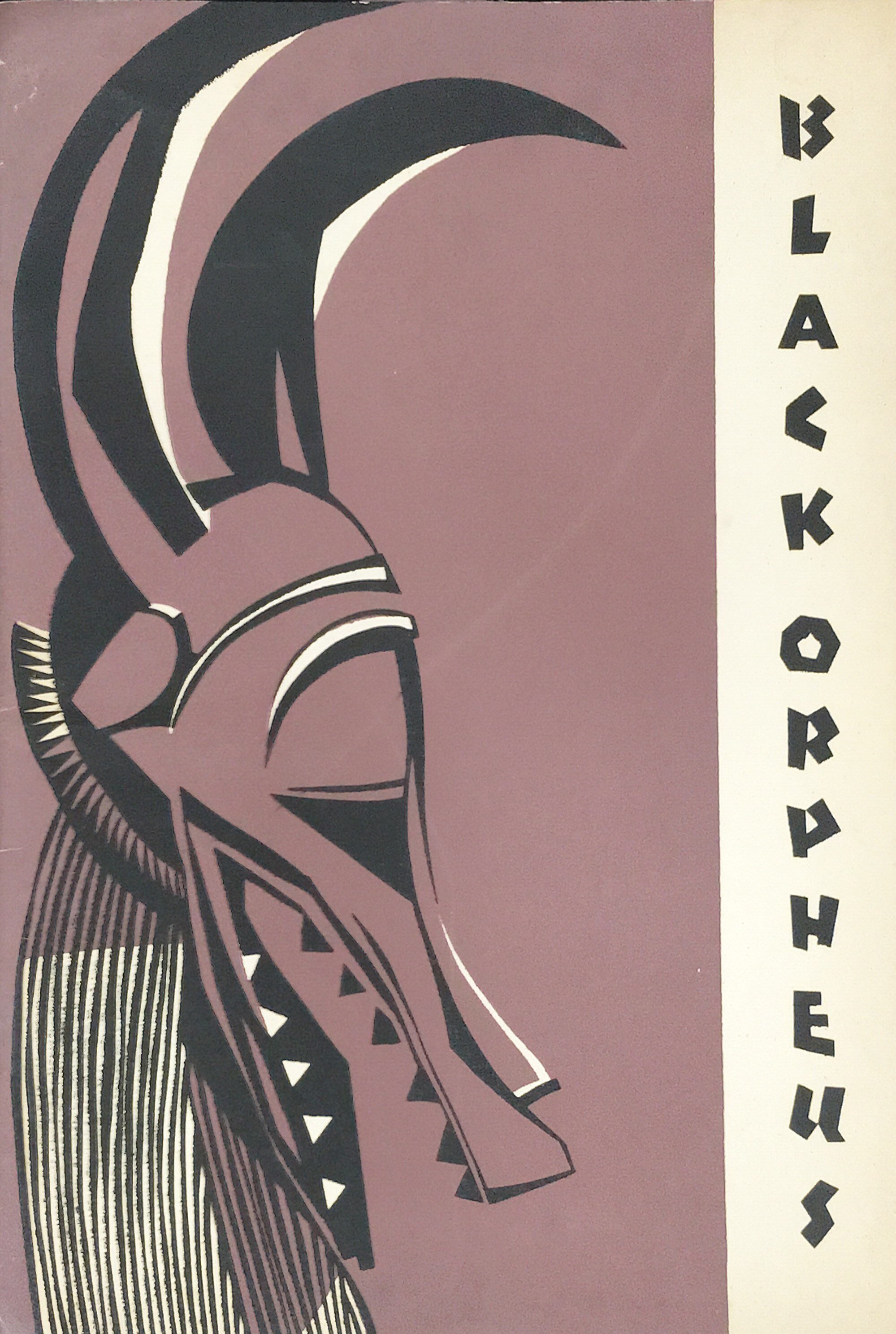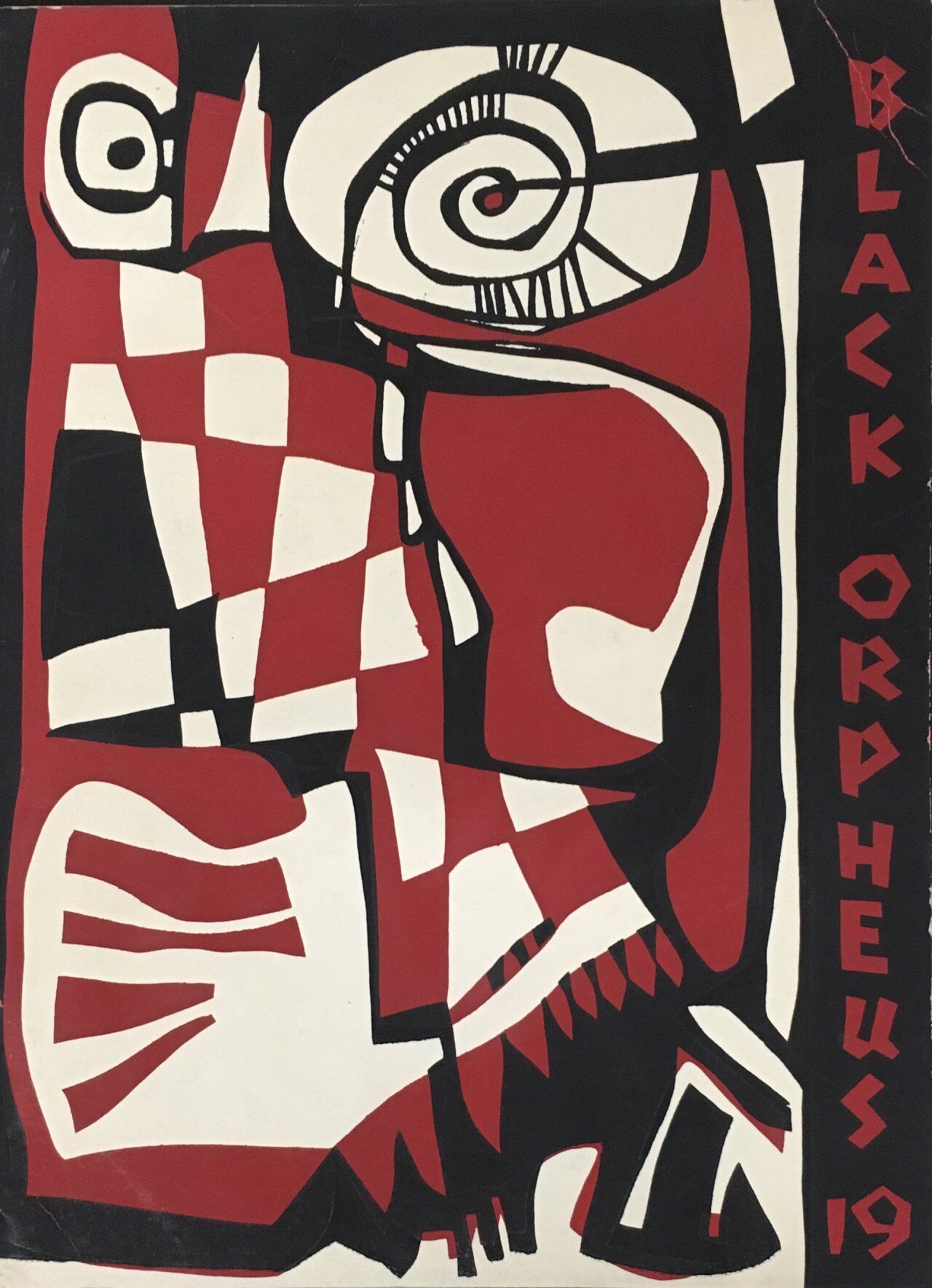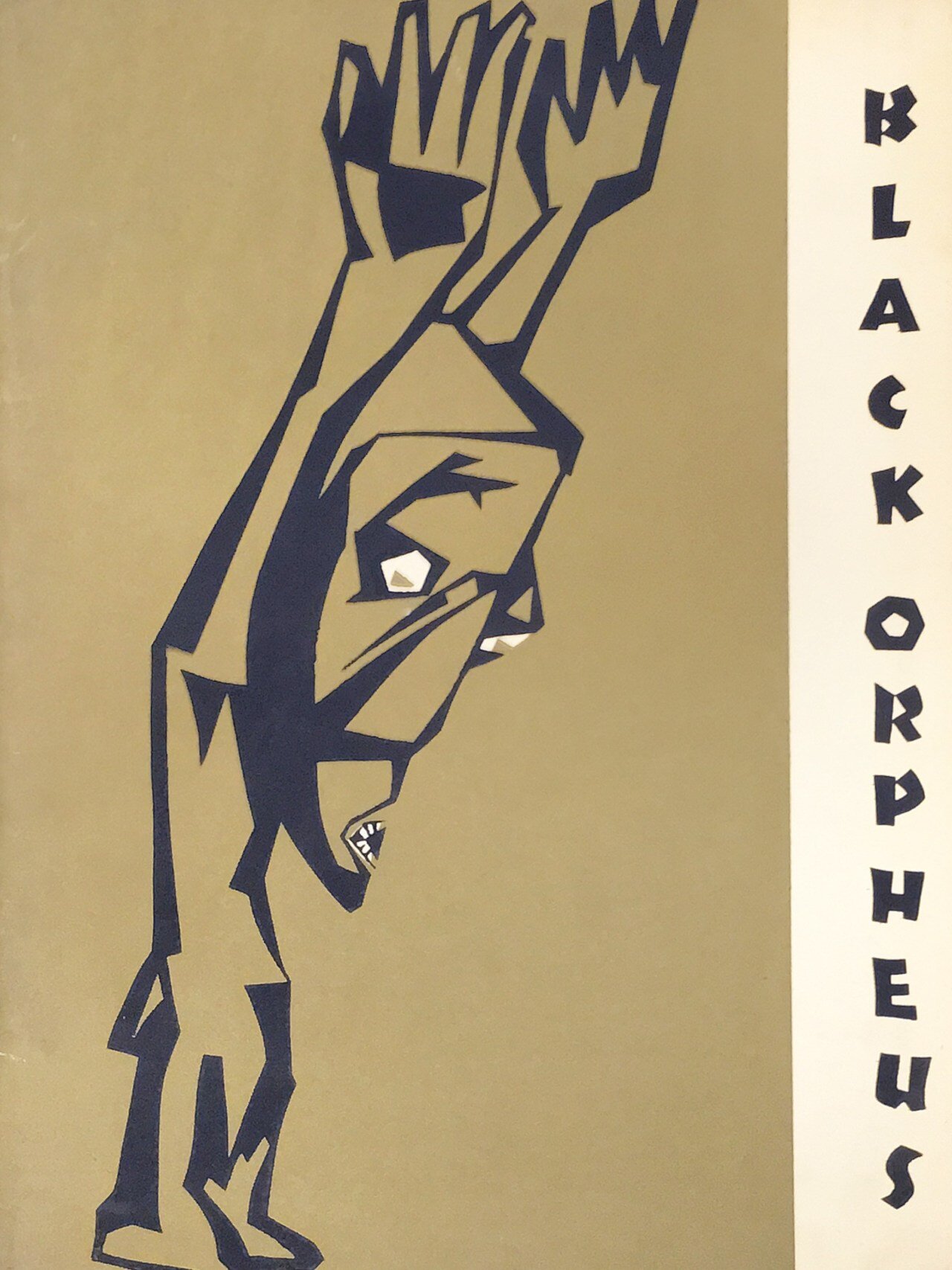Black Orpheus: Every Cover from the First Series
The natural reaction to the cover art of Black Orpheus is: “What is THAT, and how can I get one?”
This Nigeria-based little magazine kindled an enormously influential anglophone African literature movement that became the primary force for the discovery of new talent on the continent during the 1950s and 1960s. In its time, Black Orpheus was one of the most important literary magazines in the world.
Black Orpheus began when Nigeria was still an English colony, and continued into the country’s independence. The first series ended because of the Nigerian Civil War (1967-1970). Its first covers were designed by Susanne Wenger, an expatriate European artist. The primary editor of the first series, Ulli Beier, was Wenger’s husband at the time. While founded by a European expatriate, the reigns were entirely handed off to Nigerian natives in the second series.
Black Orpheus featured the likes of Chinua Achebe, Amos Tutuola, Aimé Cesaire, and Léopold Senghor as contributors, subjects of critical essays, and board members. Nobel Prize-winner Wole Soyinka and Es’kia Mphahlele (“the Father of African Humanism”) were co-editors for a number of issues. It played a major role in the careers of many of Africa’s best-known writers, including Gabriel Okara (considered the first Modernist anglophone African poet), Ama Ata Aidoo (she would later become Minister of Education in Ghana), and Alex La Guma (famous for his work fighting apartheid in South Africa).
The little mag was plagued throughout its existence by severe logistical problems. Beier has said he “had to make…150-mile journeys to Lagos to nag, beg, cajole, bully, and threaten [his] printers.”* Obstacles to printing and distribution were not only key factors in the demise of the revered publication, but explain its immense scarcity today in complete runs. Distribution was so inconsistent and unpredictable that a regular buyer might find one issue carried in his local shop, but not the next issue.
When researching the full run of the first series that I recently sold, I couldn’t find a single place online with images of the entire series. So I’m documenting it myself. Here they are:
No. 1. September 1957
No. 2. January 1958
No. 3. May 1958
No. 4. October 1958
No. 5. May 1959
No. 6. November 1959
No. 7. June 1960
No. 8. n.d. [1960-61]
No. 9. June 1961
No. 10. n.d. [1961-62]
No. 11. n.d. [1962?]
No. 12. n.d. [1963?]
No. 13. November 1963
No. 14. February 1964
No. 15. August 1964
No. 16. October 1964
No. 17. June 1965
No. 18. October 1965
No. 19. March 1966
No. 20. August 1966
No. 21. April 1967
No. 22. August 1967
*I have relied on Peter Benson’s Black Orpheus, Transition, and Modern Cultural Awakening in Africa for the chronology, especially the [?] dates of certain numbers, and for Beier’s quote above.
First published 23 August 2018.



























